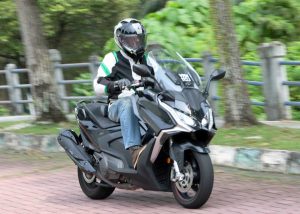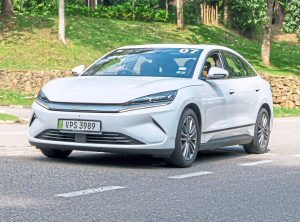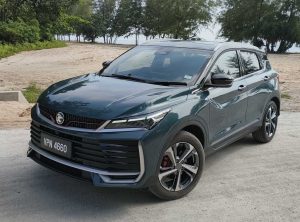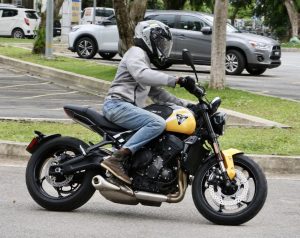BERLIN: People used to laugh out loud at the smelly little Trabant motor car that came to typify former communist East Germany, but now enthusiasts are forking out large sums of money to buy one.
Prices have jumped by a third since last year alone and a good example costs between €7,000 (RM34,215) and €9,000 (RM44,000). Tuned special editions and drop-head Trabbis can change hands for up to €30,000.
The German classic car magazine Autobild Klassik rates a bog-standard Trabant 601 in decent condition at €6,600. There is an upward-pointing arrow next to the listing in its value guide which indicates rapidly rising prices.
One reason for the popularity is that many people feel reminded of their past with the car, said Thomas Winkelmann, chairman of the Trabant Club in Zwickau. This is all part of "Ostalgie" or a wistful nostalgia by those who look back at good times in the former east, say experts.
"The car has a completely different value today than it did 20 years ago and has now arrived in the realm of the classic car", said Winkelmann. Spare parts are still available and in some cases are still being manufactured.

"When it comes to prices, the trend is definitely upward," enthusiast Oliver Presch, 36, told the German news website Tag 24. He heads a company which rents out the cars to visitors in Chemnitz.
In the eastern states in particular, the Trabi is riding a wave of nostalgia. After all, in its heyday citizens saved for decades to buy one.
It later became the symbol of a broken country, but some people now look back fondly at aspects of daily life under communism, especially those who claim that only staunch opponents of the regime suffered.
The Trabbi's technology was obsolete when it first came out more than 60 years ago. The fume-belching runabout has a primitive two-stroke engine which runs on a very un-green mixture of oil and petrol and has defied attempt by environmentalists to ban it.
Indeed shoals of Trabbis can also be regularly seen in the streets of modern Berlin where a rental company in the centre near former Checkpoint Charlie rents them out to tourists. Most of those at the wheel are even younger than fans like Presch so what is the attraction?
Well, a brief spin recalls those heady reunification days in November 1989 when the cars and their astounded owners were warmly welcomed throughout western Germany as the Berlin Wall came down. For those who were too young at the time, riding a Trabant captures the magic moment.
Blue clouds of acrid smoke puff out of the finger-thin exhaust pipe. and the "Reng-Teng-Teng" of the tiny engine recalls the protest choruses of the famous Monday demonstrations by citizens. Their mass protests brought down the repressive regime.

In performance terms, the Trabant was a joke: Although the 601 weighed just 600 kilograms, its puny motor could manage only 26 horsepower in the final version. Getting from 0 to 100km/h took 20 seconds and top speed was a humble 110 km/h. This was just as well considering the dire state of most east German roads.
Trabants are now rare on German highways, with around 39,000 examples registered for use in an country of more than 77 million automobiles. Indeed there are are more in use now than in the immediate post-Reunification years.
True Trabbi country is to be found in the eastern state of Saxony where alone 10,000 are still in use, the ADAC car club reports. Brandenburg in second place with 6,300 Trabbis followed by Thuringia with 5,700 examples.
The first Trabbi rolled off the production line of VEB Sachsenring Acar factory on November 7, 1957. Until production ceased in 1991, a good three million units were produced.
The final models had a modern, four-stroke engine but but these had to be more or less given away as most eastern Germans back then did not want to be reminded of their modest motoring past.












